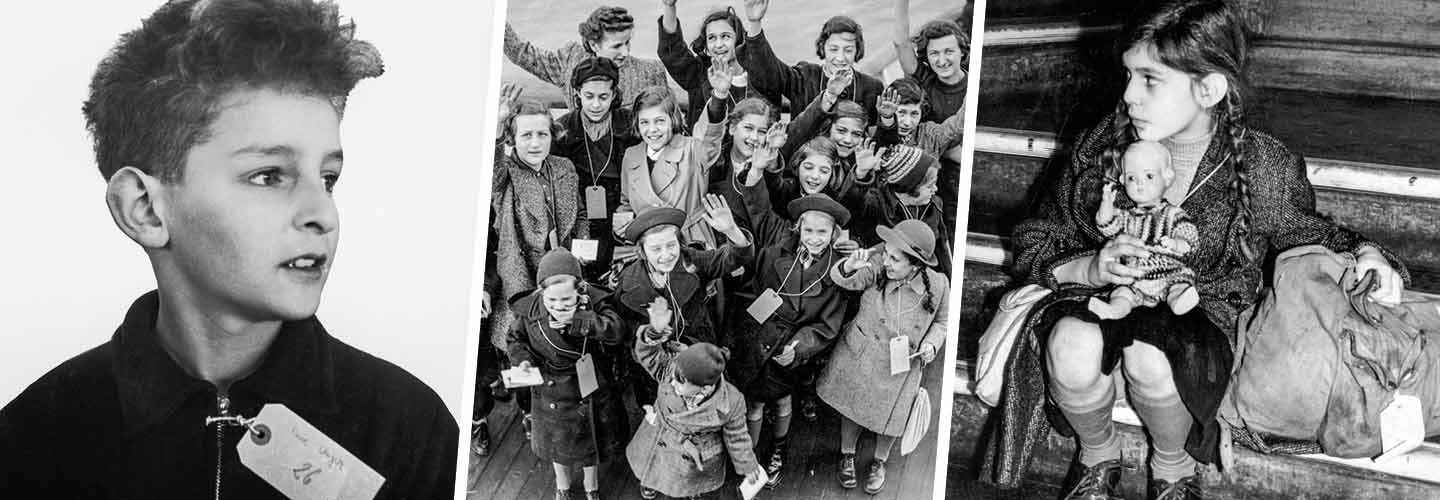On December 2, 1938, a ship docked at Harwich, England. Among its passengers were 196 children, all traveling without their parents. Clutching the few things they had with them, they stepped down the gangplank into a strange new country—and a new chance at life.
Less than a month before, the orphanage where they’d lived in Berlin, Germany, had been burned down by Nazis. The horrific act was part of a shocking night of violence and destruction against Jewish homes, schools, businesses, and synagogues throughout Germany, as well as in Nazi-controlled Austria and part of Czechoslovakia. (Czechoslovakia is now two separate countries, Czechia and Slovakia.)
The attacks that took place on the night known as Kristallnacht (Night of Broken Glass) set off alarm bells throughout Europe (see “Key Moments,” below). There was no longer any doubt that Germany’s Nazi government was intensifying its hostile actions against the Jewish people of the continent.

